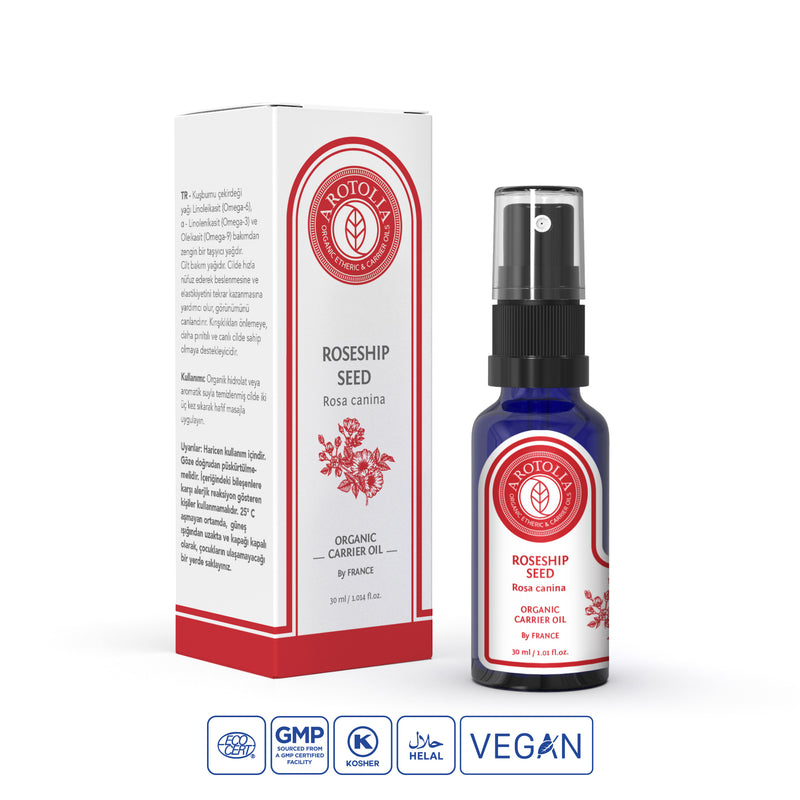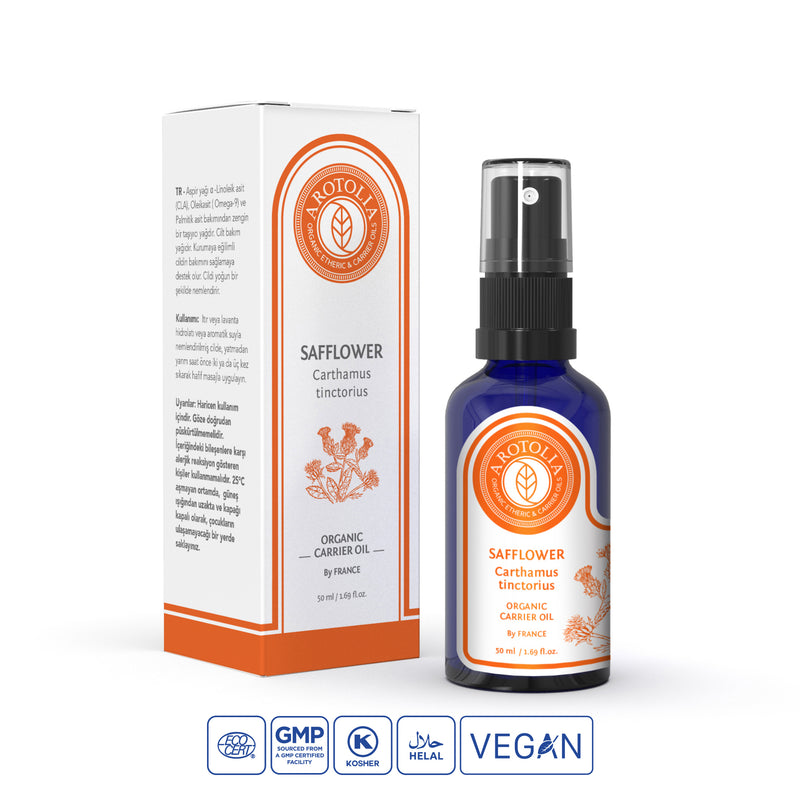
Fat Extraction Methods

STEAM DISTILLATION
The most common method used to separate plant oils is steam distillation. The plant to be separated is placed in a large stainless steel container and steam is introduced into the container. The aromatic molecules of the plant are released and vaporize, and the vaporized plant components pass into the condensation container. The steam is cooled with cold water and becomes an aromatic liquid. Since the water and oil collected in the condensation container do not mix, the oil is easily separated from the water.

CO2 EXTRACTION
When CO2 is used as a solvent in oil extraction, the components of the oil are not damaged by heat compared to using heated water or steam, and the resulting extract is very close to the chemical structure of the plant. CO2 is a colorless, odorless gas that is produced when we exhale, necessary for plant growth, and therefore does not harm the plant in this process. CO2 carbon dioxide is liquefied by pressure and pumped into the chamber where the plant is located. Due to the liquid properties of the gas, CO2 acts as a solvent in the natural plant and draws out other substances such as oil, pigment, and resin from the plant. Thus, the essential oil dissolves in the liquid CO2. When the CO2 is returned to its natural pressure, it evaporates into a gas and the essential oil is separated.

SOLVENT EXTRACTION (CO2 extraction, Maceration, Enflaurage)
The solvent oil separation method is the general name for CO2 extraction, maceration and enflalage methods. It is used for very small amounts of essential oil, resinous plants or delicate aromas that cannot withstand the pressure and stress caused by steam distillation. Food grade solvents such as hexane and ethanol are used to extract essential oils from plants. Essential oils separated using solvents give a better smell than all other methods and the plant interacts with the solvent to produce a solid aromatic product like wax. When this solid product is mixed with alcohol, oil particles are formed. The chemicals used remain in the oil and are not separated. These oils are used in the perfume industry or for aromatherapy.

INFLATION
Enflaurage is one of the oldest methods of separating essential oils using oil, but it is rarely used today. Purified and odorless vegetable or animal oil is spread on glass plates and left to settle. Fresh flower petals or whole flowers are placed on the oil layer and pressed. Depending on the flower used, it is left to settle for 1-2 days or 2 weeks. During this time, the scent of the flower is transferred to the oil. The dried leaves are renewed and the process is repeated until the oil reaches the desired saturation. Alcohol is used to separate the used oil from the botanical extract (the oil is used in soap making). When the alcohol evaporates from this mixture, the “essence” remains. If hot enflaurage is required, depending on the plant, the same process is done by heating the oil.

MACERATION
The oils produced by maceration are also called infused oils. This method is better at locking the essence of the plant into the oil than distillation because it can hold the heavier and larger plant molecules. In this way, the valuable components of the plant are more trapped in the resulting product. The ideal time for this process is when the plant is cut and dry, because even the slightest plant moisture will cause the oil to mold and microbial growth. Once the maceration process is complete, the resulting oil will probably change color. The final product should be filtered off the plant and placed in an airtight container for cold and dry storage. When an oil produced by maceration spoils, it becomes cloudy and can mold and smell bad. 5-10% of the oils produced by maceration are used as “active botanicals” in cosmetics. If used in large quantities, it can replace essential oil.

COLD PRESSED
This method is used especially for citrus fruits. The whole fruit is placed in a machine that breaks up the essential oil sacs under the peel and pressed to extract the juice and oil. The essential oil and pigments flow into the collecting area of the machine. Centrifugal force is applied to separate the resulting oil and water from the solids remaining in the fruit. The oil is separated from the liquid layer and transferred to another container.

WATER DISTILLATION
Water distillation is used to extract oils from delicate flowers such as orange blossom and rose. Delicate flowers stick together when exposed to steam during distillation, so the most effective method of separation is to immerse the plant in pure boiling water. The water protects the separated oil from overheating. The condensed liquids cool and separate. The remaining water, which can sometimes have a scent, is called hydrolate, hydrosol, herbal water, essential water, floral water, or herbal distilled water.
Essential oils can be a natural solution for health and wellness. Discover essential oils and their benefits with Arotolia. Check out our various essential oils categories.
Discover the natural touch to your health and beauty routines with Arotolia quality by using rosemary essential oil in aromatherapy, skin care and hair care!
Source: https://www.newdirectionsaromatics.com/blog/articles/how-essential-oils-are-made.html







